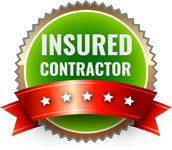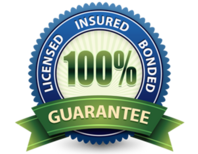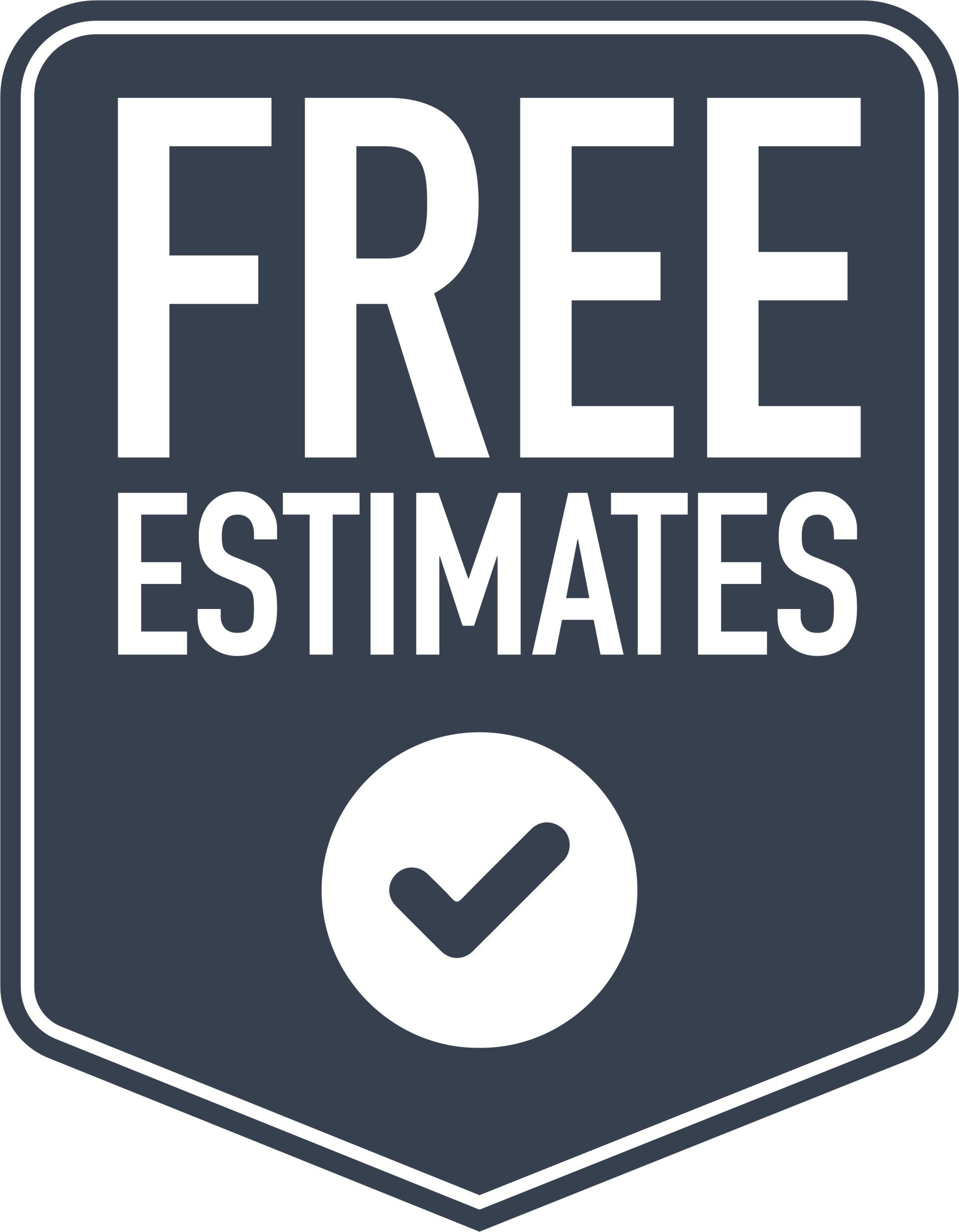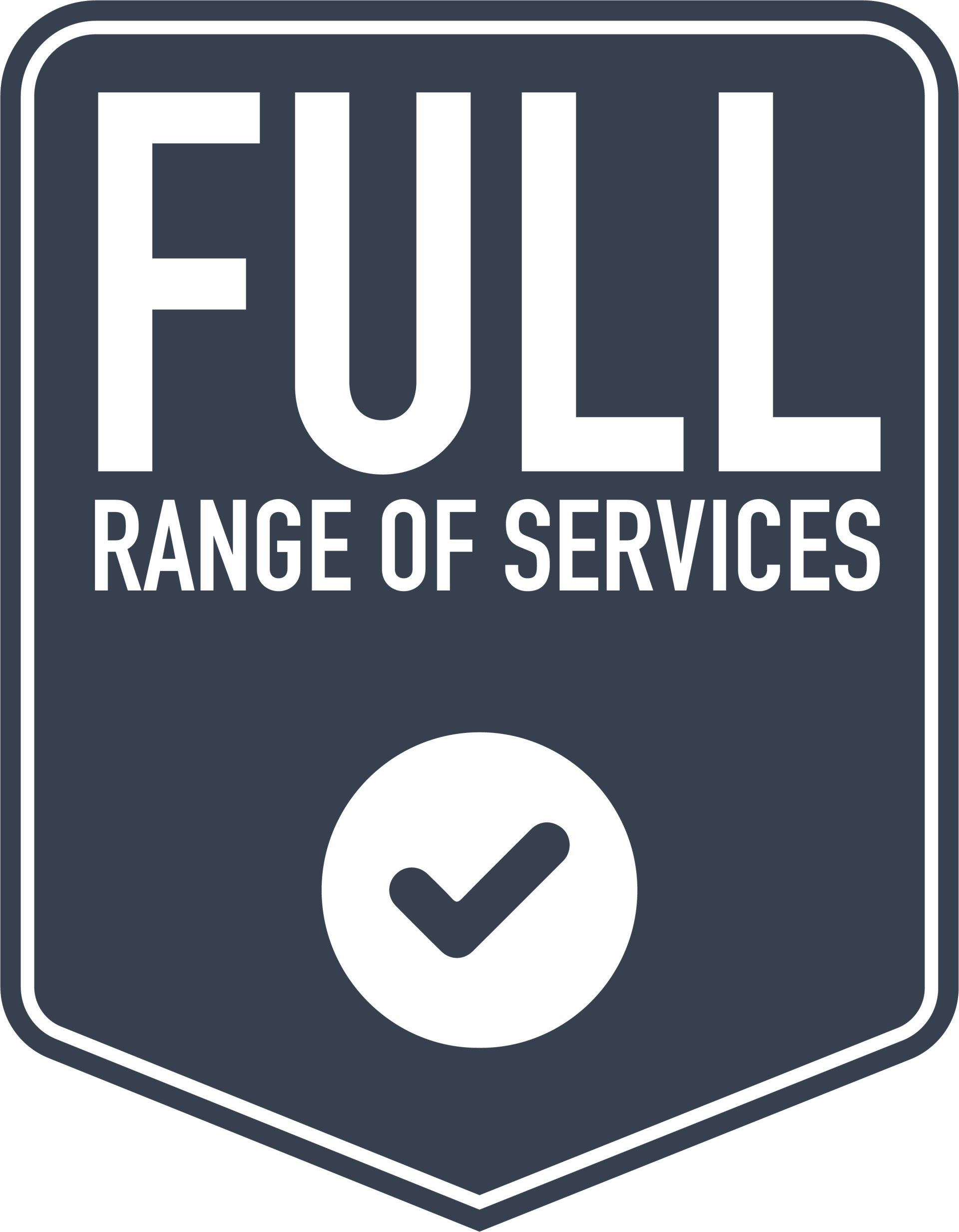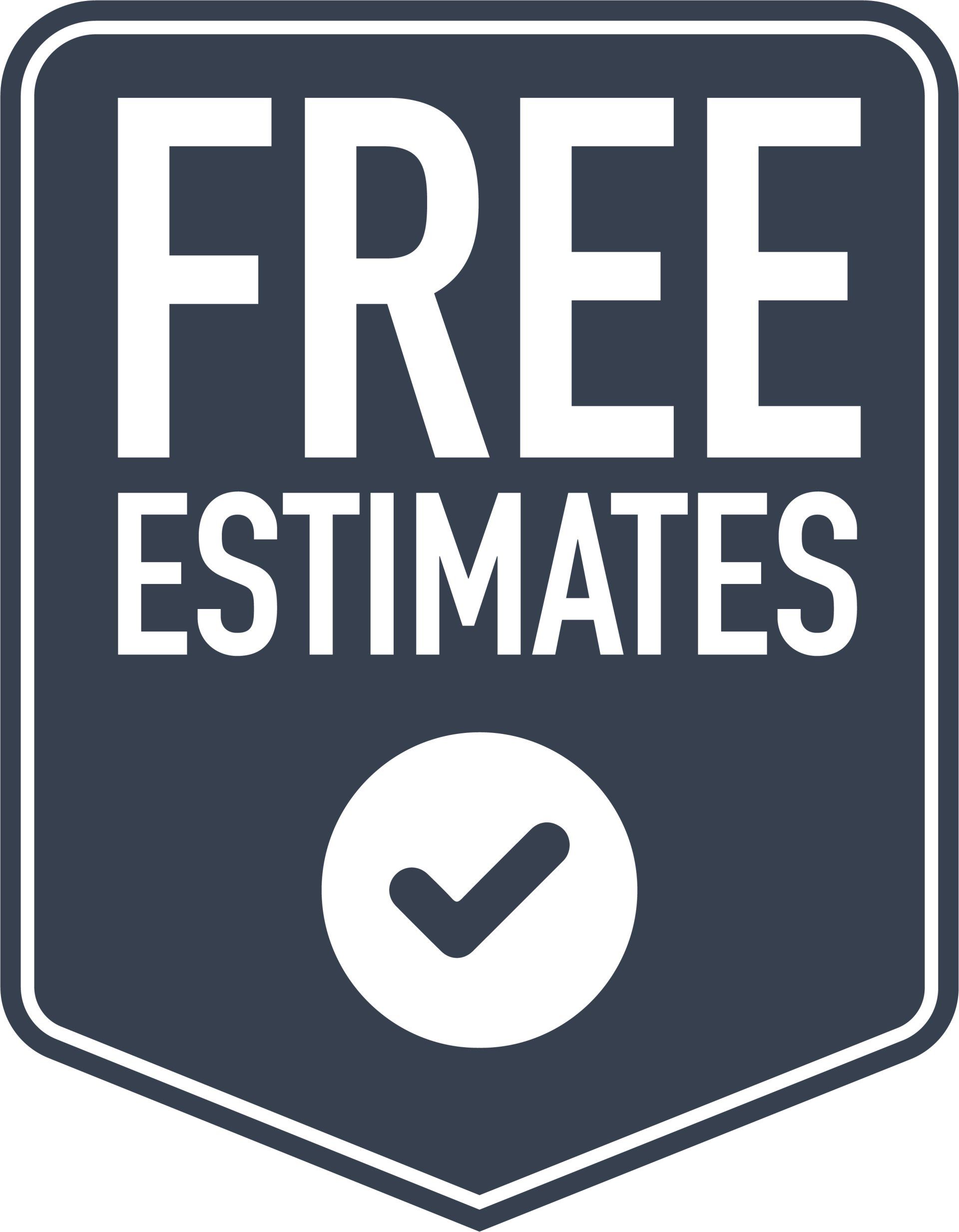CHIMNEY INSPECTION
Locally Owned | Over 30 Years Exp. | 24/7 Emergency
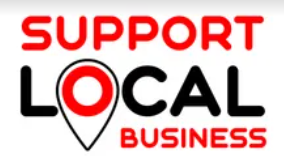
#1 Chimney Inspection in Boston! - FREE Chimney Inspection!
500+
Zip Codes Services
30+
Trained Professionals
300+
Location Available
20% OFF
Chimney Repair
We provide a full range of chimney services
FREE
Chimney Inspections
We provide a full range of chimney services
$40 OFF
Chimney Cleaning
We provide a full range of chimney services
WHAT'S INCLUDED IN A CHIMNEY INSPECTION? ARE THERE DIFFERENT TYPES?
Not all chimney inspections are the same. Some techs might simply shine a light up in your fireplace and call it a day. But here at CSIA, we know that no two chimneys are the same, and that different chimneys and different situations may require different types of care.
That’s why CSIA-Certified Chimney Sweeps® are trained to provide three different levels of inspections (per the NFPA 211 Standard). When you hire a CSIA-Certified Chimney Sweep®, they’ll be able to recommend the right inspection for your chimney and needs.
Here’s a little bit about each type of chimney inspection…
Level 1 Chimney Inspection
- When do you need a level 1 chimney inspection? If your appliance or venting system has not changed and you plan to use your system as you have in the past, then a level 1 inspection is a minimum requirement. A level 1 inspection is recommended for a chimney under continued service, under the same conditions, and with the continued use of the same appliance.
- What’s it like? In a level 1 inspection, your CSIA-Certified Chimney Sweep® should examine the readily accessible* portions of the chimney exterior and interior, plus accessible portions of the appliance and the chimney connection. Your technician will be looking for the basic soundness of the chimney structure and flue, as well as the basic appliance installation and connections. The technician will also verify that the chimney is free of obstructions and combustible deposits.
Level 2
Chimney Inspection
- When do you need a level 2 chimney inspection? A level 2 inspection is required when any changes are made to the system. Changes can include a change in the fuel type (for example, you’re switching from woodburning to gas), changes to the shape or material of the flue (i.e. relining), or the replacement or addition of an appliance of a dissimilar type, input, rating, or efficiency. Additionally, a level 2 inspection is required upon the sale or transfer of a property, or after an operation malfunction or external event that is likely to have caused damage to the chimney. Building fires, chimney fires, earthquakes, as well as weather events are all indicators that this level of inspection is warranted.
- What’s it like? A level 2 inspection shall include all things covered in a level 1 inspection but should also include a visual inspection (through video scan or other means) to examine the internal surfaces and joints of all flue liners incorporated within the chimney. A level 2 inspection will address proper clearances from combustibles in accessible locations, so it should also include an inspection of the accessible** portions of the chimney exterior and interior, including attics, crawl spaces, and basements. There are no specialty tools (i.e., demolition equipment) required to open doors, panels, or coverings when performing a level 2 inspection. No removal or destruction of permanently attached portions of the chimney or building structure or finish shall be required during a level 2 inspection.
Level 3
Chimney Inspection
- When do you need a level 3 chimney inspection? When a level 1 or level 2 inspection suggests a hidden and serious hazard, and the evaluation cannot be performed without special tools to access concealed areas of the chimney or flue, a level 3 inspection is recommended.
- What’s it like?
A level 3 inspection addresses the proper construction and the condition of concealed portions of the chimney structure and flue. It will include all the areas and items checked in a level 1 and level 2 inspection, as well as the removal of certain components of the building or chimney, where necessary. Removal of components (i.e. chimney crown, interior chimney wall) shall be required only when necessary to gain access to areas that are the subject of the inspection. Removal or destruction, as necessary, of permanently attached portions of the chimney or building structure will be required for the completion of a level 3 inspection.
Why Choose Us?
✔ Lifetime guarantees for our service
✔ Free quotes at any time of repairs
✔ Over 30 years’ experience in the industry
✔ 100% satisfaction guaranteed
✔ Locally owned and operated
✔ Great reviews



